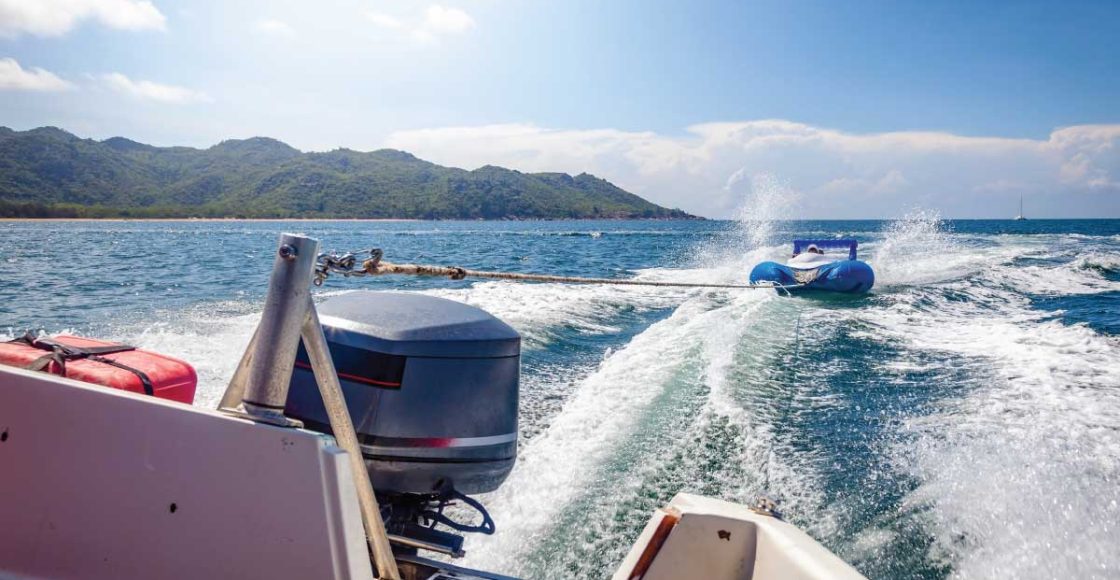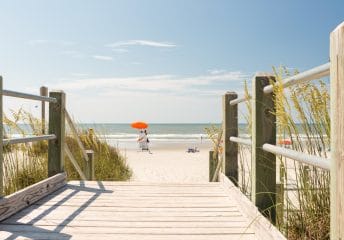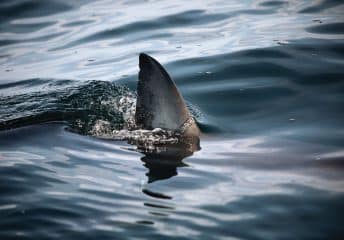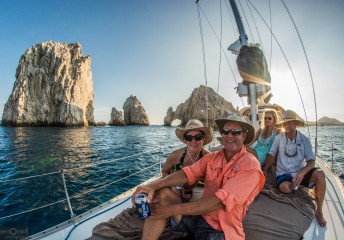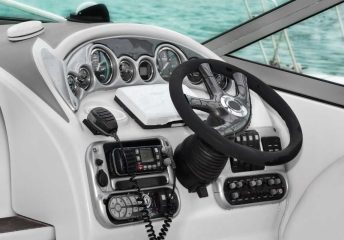Watersports Basics: How to Get Started
Last Updated on August 18, 2022 by Boatsetter Team
Some of the greatest moments in boating are spent trying out the various watersports! Our waterways hold a wealth of enjoyment. Watersports can be relaxing, they can be thrilling, and they can be great workouts. It’s just a matter of testing the waters and finding the one for you.
But what are watersports? It is exactly what the name would suggest: physical exertion that takes place on the water. Renting a boat is the best way to get into the world of watersports. Typically boat rentals come with all kinds of water toys or watersports gear!
Here we’ll go over a few popular watersports activities and how to get started:
- Tow sports (skiing, wakeboarding, wakesurfing, kneeboarding)
- Stand-up paddleboarding (SUP)
- Kayaking or canoeing
Explore All Wake Boat and Ski Boat Rentals
Tow Sports
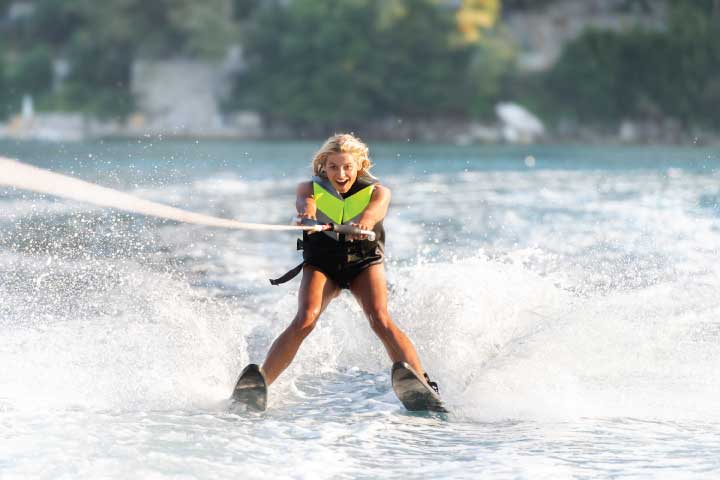
Tow sports might be the most entertaining of all watersports. These are various types of boards that get towed behind the boat for people to ride on, including:
- Water skiing
- Wakeboarding
- Wakesurfing
- Kneeboarding
Gear for beginners often looks like inflatable tow toys. Inflatables are blow-up toys that come in various shapes, such as donuts, hot dogs, and chairs. Riders climb aboard and hold onto a tow rope that’s attached to the boat, which can drag them along at a leisurely pace or a thrilling speed for more of a roller-coaster effect.
More advanced tow gear includes water skis, wakeboards, wakesurf boards, and kneeboards, although there is the water version of “training wheels” available for beginners. For instance, water skis for kids can have bars that connect the two skis, helping the child to stay upright as they learn to balance behind the boat.
There’s a bit of trial and error when choosing these types of watersports toys, but landing on the right ones can mean a smile a minute in the water.
Stand-Up Paddleboarding (SUP)
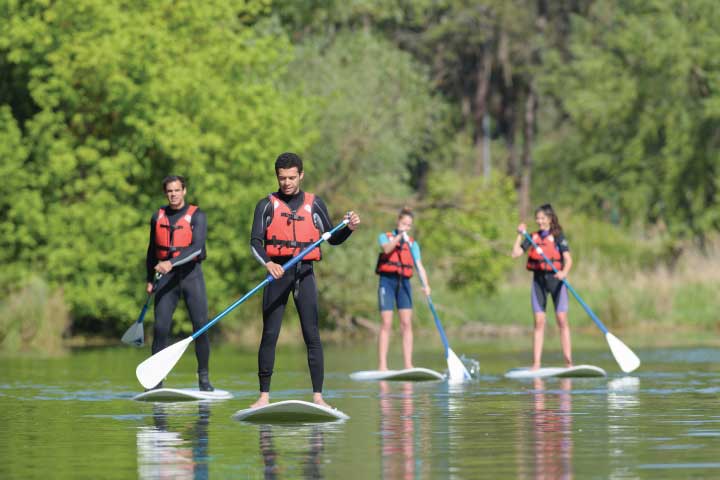
People have been riding on standup paddleboards for centuries, all around the world. Paddleboarding as we know it started in the 1940s with surf instructors in Hawaii who stood on boards to help their students.
Some of today’s paddleboards are built stiff, and others are inflatable; both kinds can be easy to bring aboard a boat for an afternoon of watersports fun.
Today, boats carry performance paddleboards that are easy to launch from a swim platform or a beach, and that are fun to use just about anywhere the water is flat and calm.
- Getting started on a paddleboard is usually easiest in shallow water.
- Start by kneeling on the board and simply keeping your balance in that shallow water.
- As you feel more comfortable, you can work on standing up and positioning your body weight so that the board remains steady.
With a little practice in the shallows, most people get confident enough to start paddling out into deeper water. You are likely to fall off, but paddleboards are easy enough to climb back onto from the water.
Plus, it is called watersports, not dry sports! Getting wet is part of the fun.
Kayaks and canoes

A lot of boats today also carry kayaks. Like paddleboards, today’s kayaks are built in rigid and inflatable versions, giving boaters various stowage options on board.
Kayaks are perfect for people who want to get closer to the water. Beginners at kayaking will enjoy being able to set their own pace. Modern kayaks have pedals in addition to oars for propulsion, so if your arms get tired from paddling, switch to using your legs.
Most kayaks have built-in stowage for your snacks, drinks, waterproof speakers, and cellphones! Kayaks can be exhilarating and relaxing.
Boatsetter is a unique boat-sharing platform that gives everyone — whether you own a boat or you’re renting — the chance to experience life on the water. You can list a boat, book a boat, or make money as a captain.
Own a boat? See how much you can earn by renting it out on Boatsetter

Kim Kavin has been on boats in more than 50 countries and islands, including in the Caribbean, Mediterranean, South Pacific, Indian Ocean and Southeast Asia. She grew up learning to steer a ski boat and Hobie Holder at her grandfather’s lake house in New Jersey, and went on to spend time aboard everything from America’s Cup racing sailboats to submarines.
Kim is a PADI-certified scuba diver and animal lover who always enjoys a good, long look around a coral reef. Her award-winning writing and editing regularly appears in national marine magazines and on leading websites. In her early years, she was a Dow Jones editing intern and a graduate of the University of Missouri-Columbia School of Journalism. When she’s not writing, Kim can usually be found hiking northwest New Jersey’s beautiful park trails with her adopted shelter mutt, Ginger.
